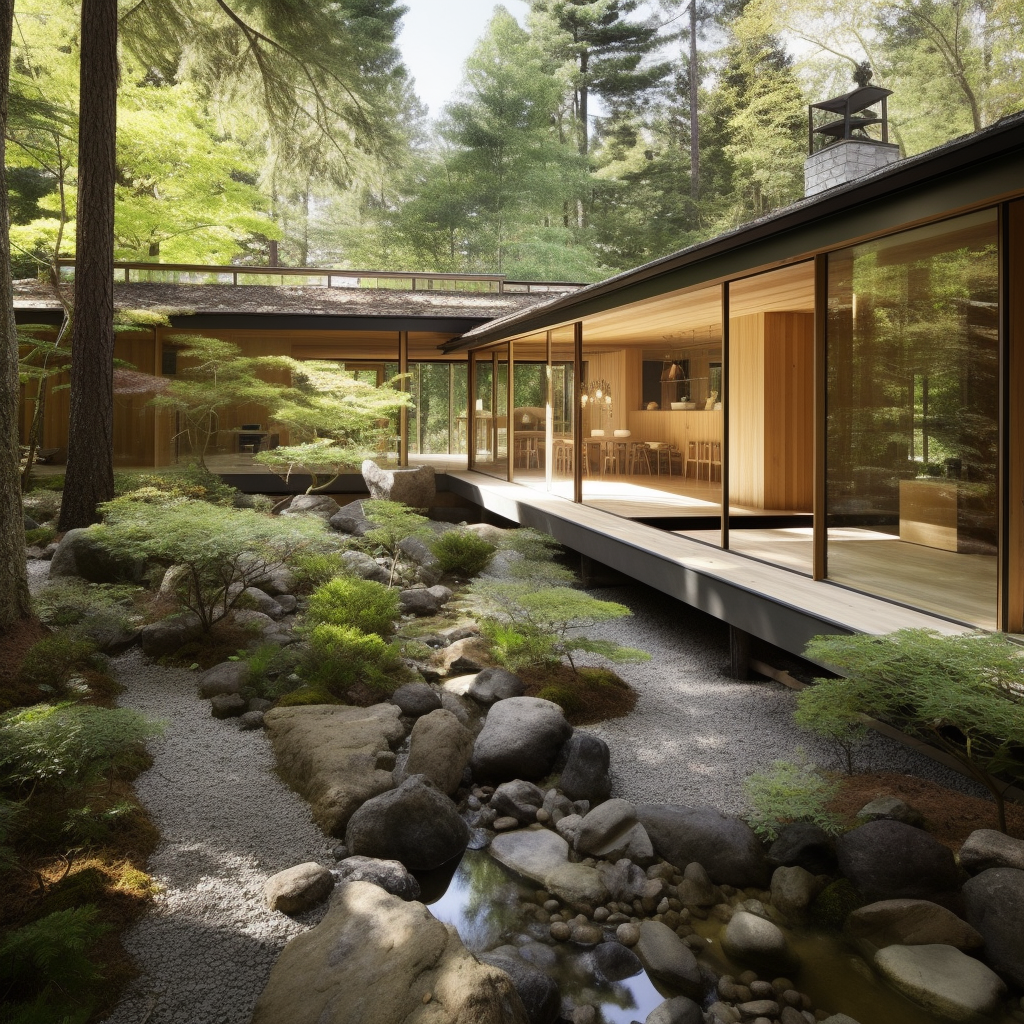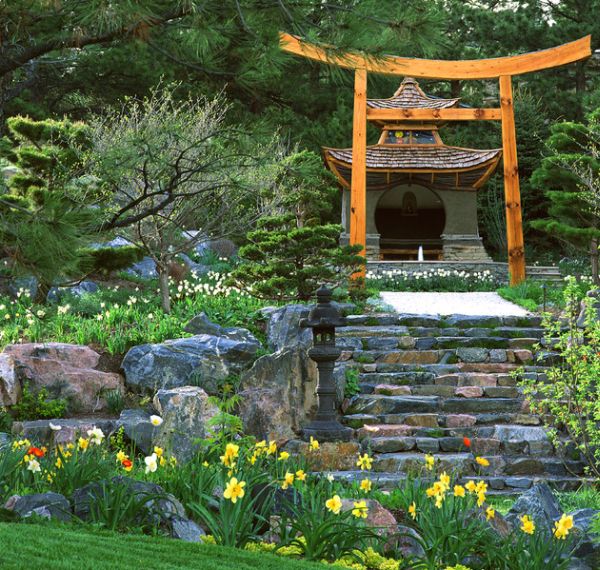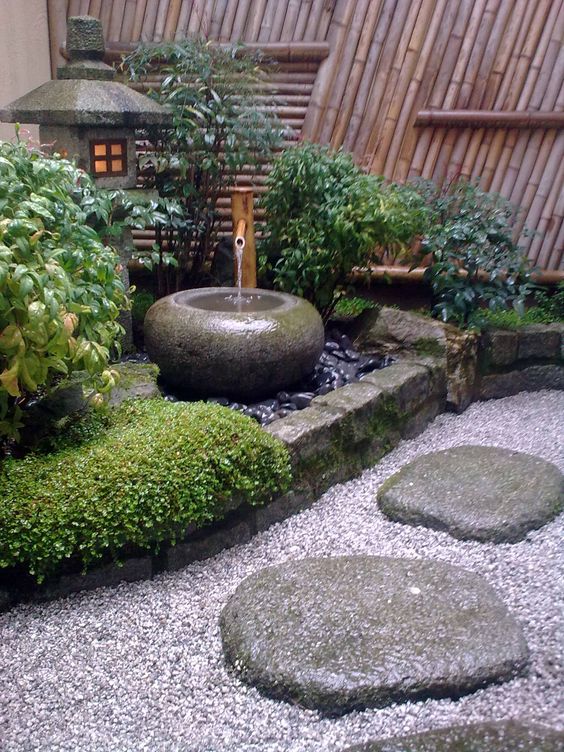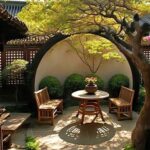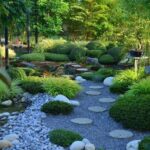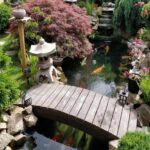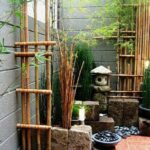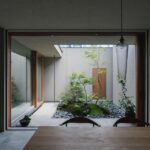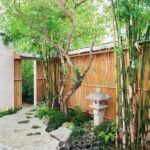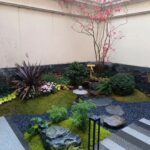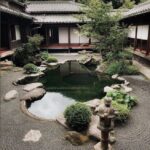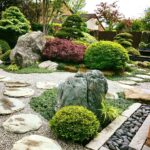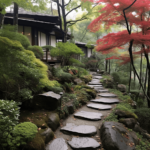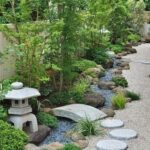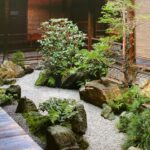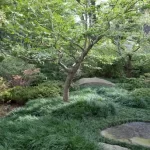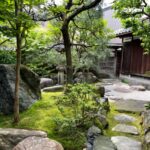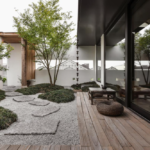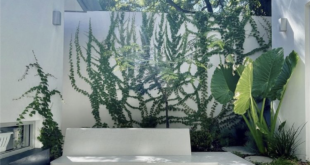When it comes to backyard design, Japan is known for its tranquil and serene landscapes that seamlessly blend nature with architecture. From traditional tea gardens to modern minimalist designs, Japanese backyard design offers a unique and refined aesthetic that promotes relaxation and harmony.
One of the key principles in Japanese backyard design is the concept of “borrowed scenery,” known as shakkei in Japanese. This design technique involves incorporating elements of the surrounding landscape, such as mountains, trees, or bodies of water, into the backyard to create a sense of unity with the natural environment. By carefully selecting and framing views, Japanese backyard designers are able to create a seamless transition between the interior and exterior spaces.
Another important aspect of Japanese backyard design is the use of water features, such as ponds, streams, and waterfalls. Water is believed to symbolize purity and tranquility in Japanese culture, and incorporating water elements into the backyard can create a sense of calm and relaxation. Additionally, water features can help mask noise pollution and create a soothing ambiance for outdoor gatherings or meditation.
In terms of plant selection, Japanese backyard design typically features a mix of evergreen trees, shrubs, and delicate flowers that bloom throughout the seasons. Traditional Japanese gardens often include carefully pruned trees, such as bonsai or Japanese maple, along with native plants like bamboo, azaleas, and moss. These plants are meticulously arranged to create a sense of balance and harmony within the space.
For those interested in creating a Japanese-inspired backyard design, there are a few key elements to consider. First, focus on incorporating natural materials like wood, stone, and bamboo to create a sense of authenticity and connection to the natural world. Consider adding traditional elements like lanterns, stepping stones, or bamboo fences to enhance the Japanese aesthetic.
Additionally, pay attention to the layout and flow of the backyard space, keeping in mind the principles of balance and simplicity. Create designated areas for relaxation, meditation, and socializing, and include plenty of seating options to encourage outdoor living. Consider adding a small tea house or pavilion for a traditional touch, or create a meditation garden with a gravel or sand raked in patterns to promote mindfulness.
Overall, Japanese backyard design offers a timeless and elegant approach to outdoor living that promotes harmony, balance, and tranquility. By incorporating natural elements, water features, and carefully curated plants, you can create a backyard oasis that reflects the beauty and serenity of Japanese design. Whether you choose to embrace traditional elements or put a modern twist on Japanese backyard design, incorporating these principles can help create a peaceful and harmonious outdoor space for relaxation and reflection.
 innstyled backyard design ideas
innstyled backyard design ideas
